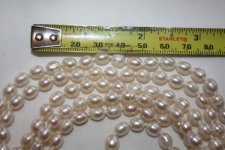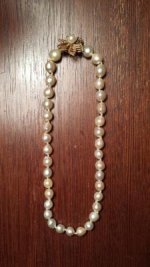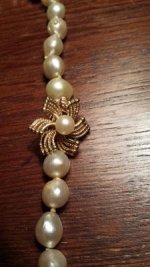Annette Rene
Member
- Joined
- Jan 7, 2014
- Messages
- 16
I've always wanted a strand of "Opera Length" pearls. Of course - the ones I'd *really* like are way out of my price-line (one day, though!!).
Someone offered these up for a little over $100 for 6 feet. I'm weary at such a price. I'm wondering if these are natural? Or are they some cheaper pearls from China, perhaps? The clasp is 14k. They may just be fun to have and not worth much at all.
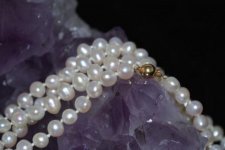
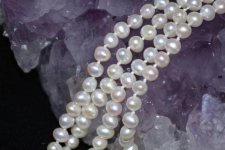
What do you think?
Someone offered these up for a little over $100 for 6 feet. I'm weary at such a price. I'm wondering if these are natural? Or are they some cheaper pearls from China, perhaps? The clasp is 14k. They may just be fun to have and not worth much at all.


What do you think?

